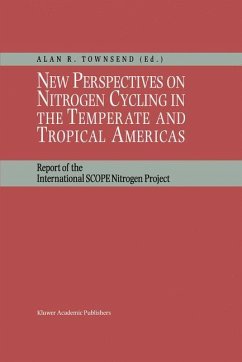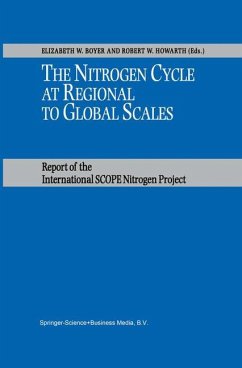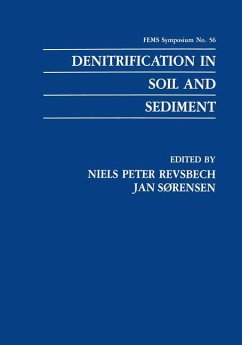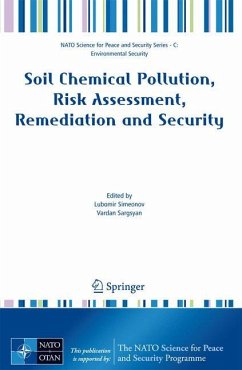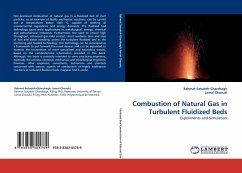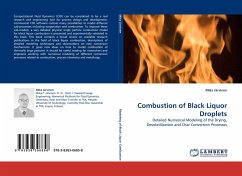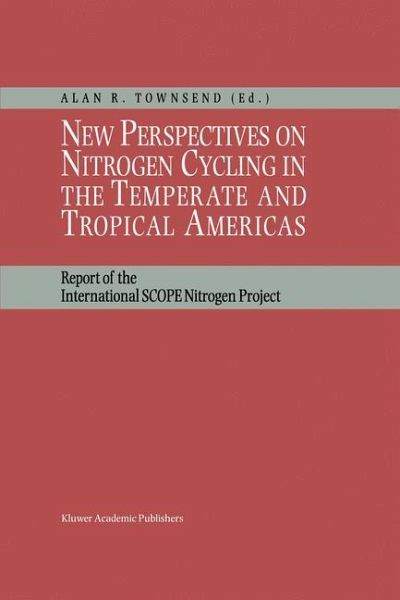
New Perspectives on Nitrogen Cycling in the Temperate and Tropical Americas
Report of the International SCOPE Nitrogen Project
Herausgegeben: Townsend, Alan R.

PAYBACK Punkte
38 °P sammeln!
Inputs of nitrogen to terrestrial and aquatic ecosystems have increased several-fold over the last one hundred and fifty years, with the steepest increases during the last four decades. The expansion of fertilizer manu facture and use, the increase in fossil fuel combustion, the intensification of animal husbandry, and widespread cultivation of N2 fixing crops have all contributed to the dramatic increase in N inputs. The increase has been most rapid in Northern Hemisphere (NH) temperate ecosystems, but presently subtropical and tropical regions of Asia are also experiencing an explosive incre...
Inputs of nitrogen to terrestrial and aquatic ecosystems have increased several-fold over the last one hundred and fifty years, with the steepest increases during the last four decades. The expansion of fertilizer manu facture and use, the increase in fossil fuel combustion, the intensification of animal husbandry, and widespread cultivation of N2 fixing crops have all contributed to the dramatic increase in N inputs. The increase has been most rapid in Northern Hemisphere (NH) temperate ecosystems, but presently subtropical and tropical regions of Asia are also experiencing an explosive increase in N inputs to terrestrial ecosystems (W. Chameides, pers. comm. ; Galloway et al. 1996). Projected increases in N deposition for these trop ical and subtropical regions, with a high natural background of N inputs, exceed increases projected for temperate and arctic regions (Cleveland et al. submitted; Galloway et al. 1994; Holland & Lamarque 1997a). Compared to biological N fixation, N deposition is becoming a proportionately greater source of N to terrestrial and aquatic ecosystems worldwide (Vitousek et al. 1997). 6 The nitrogen contained in the atmosphere as N , 3. 9 _ 10 Tg (Tg = 2 12 10 g), is the largest reservoir of N in the Earth system (Warneck 1988). However, this paper focuses on the nitrogen emissions and deposition that have been transformed from N2 into reactive forms that are biologically avail able (e. g. Vitousek et al. 1997).





